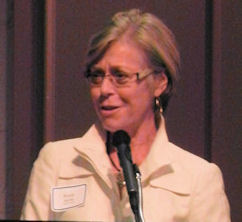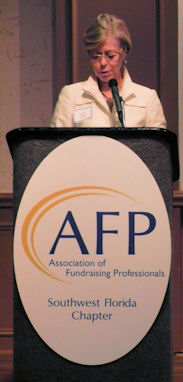Lately I have been reading many a headline about how donors ask and respond to good stories told by nonprofits. In the video interview with Táňa Hlavatá of Nadace Via she tells a story about the Mayor of a small village in the Czech Republic who asks for a grant to beautify space in the village. Through the project residents are engaged and community spirit is ignited. It’s a quick story but shines a bright light on the work of Nadace Via.
But what about the stories of the donors who make nonprofit work possible? Planned giving and major gift initiatives know that spotlighting donor stories encourages others to give. In my blog post, 3 Steps to Major Gift Mojo, I talk about listening to your donors as a catalyst to reinvigorate your major gift initiative.
But there is another benefit to talking to your donors. When it is done methodically, you can learn a great deal about why donors give to your organization and how to strategically reach more donors based on that information. But let me tell you a story…
While I was visiting Prague this August and September I began asking local Rotary Club members and others how they felt about giving to local nonprofits. Almost every person I spoke to could tell a story about a charity in the early 1990’s that was corrupt and stole donor money. They would only give to a charity with people involved who they knew and trusted, or to an international charity with a strong reputation.
There is no electronic screening, no purchasing of lists that could have gleaned this critical information about Prague donors. It was only by asking them, talking with them, and listening to their stories that this information came to light. How to grow the donor base? I would begin with existing donors and leverage their peer networks to grow awareness and trust. For major gifts I would research affluent social networks connected to board members.Methodically listening to your donors, perhaps through surveys or random calls in each donor segment, is valuable prospect research that will allow you to intelligently grow your donor base – whether you are focused on major gifts or all gifts.
Do you need to breathe new life into your major gift efforts? Have you been asking the same donors to stretch year after year? Contact Aspire Research Group! We can help you understand your donors better and lay a clear path on which you can methodically move more donor prospects toward gifts. Call us today at 727-231-0516 or email jen at aspireresearchgroup.com.










 By Kate Rapoport, Aspire Research Group, Prospect Research Trainee
By Kate Rapoport, Aspire Research Group, Prospect Research Trainee